
Alex Tang
Articles
- General
- Theology
- Paul
- Karl Barth
- Spiritual Formation
- Christian Education
- Spiritual Direction
- Spirituality
- Worship
- Church
- Parenting
- Medical
- Bioethics
- Books Reviews
- Videos
- Audios
- PhD dissertation
Spiritual writing
- e-Reflections
- Devotions
- The Abba Ah Beng Chronicles
- Bible Lands
- Conversations with my granddaughter
- Conversations with my grandson
- Poems
- Prayers
Nurturing/ Teaching Courses
- Sermons
- Beginning Christian Life Studies
- The Apostles' Creed
- Child Health and Nutrition
- Biomedical Ethics
- Spiritual Direction
- Spiritual Formation
- Spiritual formation communities
- Retreats
Engaging Culture
- Bioethics
- Glocalisation
- Books and Reading
- A Writing Life
- Star Trek
- Science Fiction
- Comics
- Movies
- Gaming
- Photography
- The End is Near
My Notebook
My blogs
- Spiritual Formation on the Run
- Random Musings from a Doctor's Chair
- Random Sermons from a Doctor's Chair
- Random Writings from a Doctor's Chair
- Random Spirituality from a Doctor's Chair
Books Recommendation
---------------------
Medical Students /Paediatric notes
Apostles' Creed: Chapter 2
1. God the Son: His Identity and Birth.
1.1 Jesus Christ, his only begotten Son.
1.1.1 Key Bible Passages
A. Mark 1:1-8: Mark’s account of how John the Baptist prepared the way for the arrival
of Jesus.
B. Mark 2:1-12: One of the early incidents that marked Jesus out as special.
C. John 1:14: John’s understanding of the significance of Jesus’ life on earth.
D. John 5:16-27: How Jesus saw His identity as the Son of God.
E. John 17:1-26: Jesus’ prayer to His Father on the night before He died.
F. Romans 1:3-4: Paul’s summary of the dual human and divine identity of Jesus.
1.2 Our Lord.
The word ‘Lord’ is used almost six hundred times of Jesus in the New Testament. In the Greek,
the word is kurios and it expresses ownership.
1.2.1 Key Bible Passages.
A. Matt. 7:21-22: A warning about what it really means for Jesus to be ‘Lord’.
B. Acts 2:14-39: Peter’s explanation of how a crucified criminal could be Messiah and Lord.
C. Romans 10:9, 1 Corinthians 12:3: The significance of saying, “Jesus is Lord”.
D. Philippians 2:5-11: An early Christian hymn about Jesus.
1.3 He was conceived by the Holy Spirit and born of the virgin Mary.
1.3.1 Key Bible Passages. The Incarnation.
A. Matt. 1:18-25: The circumstances leading up to the birth of Jesus from Joseph’s viewpoint.
B. Luke 1:26-38: The circumstances leading up to the birth of Jesus from Mary’s viewpoint.
C. Heb. 4:14-16: One of the implications of the humanity of Jesus.
1.3.2 Virgin birth
A. It makes important connection with Old Testament prophecies (Isaiah 7:14;
Matthew 1:22-23).
B. It stresses that Jesus is divine by name, not by adoption at a later date.
C. It provided an important defense against early Jewish opponents of Christianity who
suggested
that Jesus was the illegitimate child of Mary. (maybe alluded to in John 8:41).
1.3.3 Fully Human, Fully God
A. Humanity
Having affirmed in opposition to the Gnostics that God has created the world and it is
good, the Apostles’ Creed then proceed to affirm that God had taken on human flesh. J
esus is “God with skin on’.
Infinite and an infant. Eternal, and yet born of a woman. Almighty, and yet hanging on a woman’s breast. Supporting a
universe, and yet needing to be carried in a mother’s arm. King of angels, and yet the reputed son of Joseph. Heir of all things,
and yet the carpenter’s son.
S. H. Spurgeon
Jesus was fully human, sharing all our frailties and limitations:
§ He became tired (John 4:6)
§ He experienced physical thirst (John 19:28)
§ He can be tempted (Matthew 4:1-10)
§ He knew physical hunger (Matthew 4:2)
§ He experienced physical weakness (Matthew 8:23-25)
§ He died (Matthew 27:50)
Jesus was completely human.
B. Divine
The Greek word Christ means Messiah which is given to Jesus, meaning that Jesus is
he anointed one. Jesus is the one in whom all human history and the promises of God
find fulfillment. Jesus has a special relationship with God. The Jews were furious with
Jesus for calling God his father, for they recognised that he was making himself equal
with God (John 5:18).
The Gospel of John contains some of the most explicit teaching about the unity of the Son
and the Father:
§ The Son knows the Father as the Father knows the Son (John 10:15)
§ The Father shows the Son what he is doing (5:20)
§ The Father taught the Son (8:28)
§ What the Son says is what he has already head the Father say (8:38, 12:50)
§ No one comes to the Father in any other way than by the Son (14:6)
§ The Father has given to the Son to judge others (5:22)
§ What the Father has is the Son (16:15)
§ The Son is in the Father and the Father is in the Son (10:38, 14:10)
§ To see the Son is to see the Father (14:9)
§ I and the Father are one (10:30)
1.3.4
Symbols of Jesus Christ
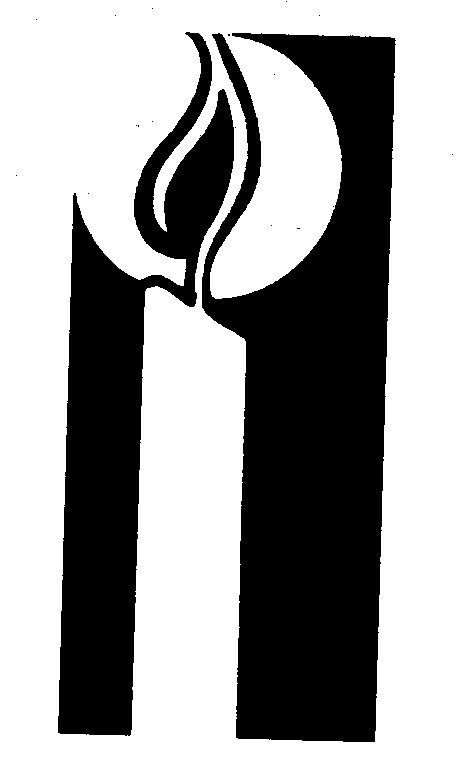
LIGHT, CANDLE
In the Old Testament, light come to signify God’s presence and holiness. In the New Testament, the children of
God are called ‘children of light’. In early Christian paintings, light or source of light denotes divine presence.
Light is primarily used as a symbol for Christ. John’s gospel called Jesus as the Light of the world, often
symbolised by a candle. In some churches, it is common to put two candles on both side of the altar or
communion table to signify the two natures of Christ- divine and human. These two sources of light combine at
the central illuminated space where the Eucharistic cup and bread are placed.
|
|

Lamb
Christ is the Lamb of God, who takes away the sin of the world. The lamb is the
principal element in several
representational variations with other elements-it is shown with a cruciform halo, with blood flowing into a
chalice, and with the
banner of the Resurrection
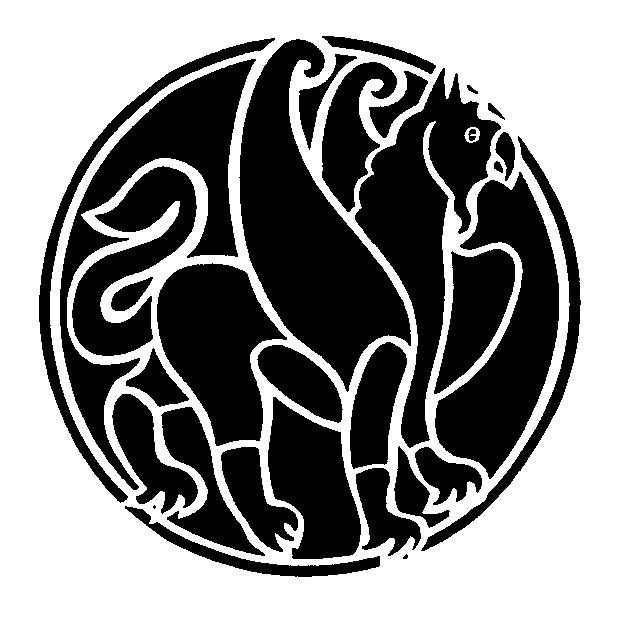
GRIFFIN
The griffin is a creature of fantasy, important for its domination of both the earth and the sky. This mythological
creature has a lion’s body and an eagle’s head and wings. In medieval times, the griffin represented Christ’s power.
Dante used the griffin as the symbol of Christ because of its dual qualities, qualities that allude to Christ’s dual nature
(divine and human) and to His mastery of earth and sky.
2. God the Son: His Death and Resurrection.
2.1 suffered under Pontius Pilate.
2.1.1 Key Bible Passage
A. Isaiah 52:13-53:12: A remarkable prophecy looking forward to the death of the Messiah.
B. Matt. 27:11-56: Part of Matthew’s account of the trial and execution of Jesus.
C. John 19:16: Part of John’s account of the trial and execution of Jesus.
2.1.2 Pontius Pilate
A. The reference to Pontius Pilate anchors the Creed firmly in history.
B. It brings out the public nature of Jesus’ trial and execution.
C. Pilate represents the rejection of Jesus by the world
2.2 was crucified, died and buried.
2.2.1 Key Bible Passages
A. Luke 23:26-56: Luke’s account of the death and burial of Jesus.
B. John 19:16-42: John’s account of the death and burial of Jesus
“And can it be, that I should gain
An interest in the Saviour’s blood?
Died He for me, who caused His pain-
For me, who Him to death pursued?
Amazing love! How can it be
That Thou. My God, shouldst die for me?’
Charles Wesley
2.2.2 Symbols of the Cross
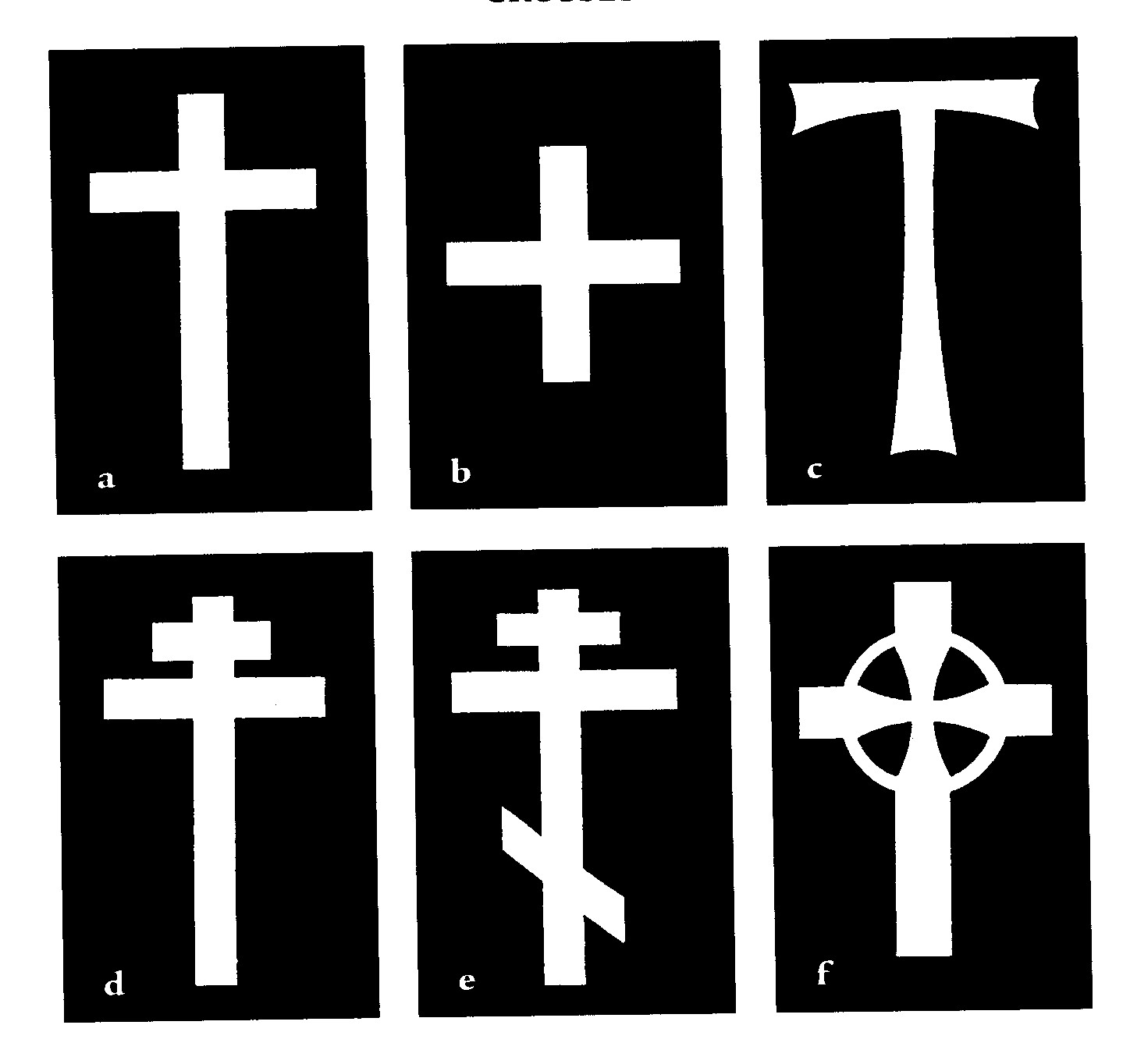
There are about four hundred variations on the basic shape of the cross.
a. The most common are the Latin cross, with the intersecting horizontal post about three-quarters of
the way up the vertical.
b.
The Greek cross,
in which the horizontal post bisects the vertical.
c.
The Tau or Advent
cross, which is shaped like the letter ‘T’.
d.
The Patriarchal
cross which has two graduated transverse arms.
e.
The Eastern
Orthodox cross which has two horizontal arms and a third slanted arm.
f.
The Celtic cross
which has a circle enclosing the cross beams.
The cross is seen as a sign of complete resolution between the vertical life force and the horizontal death or
‘rest’ force.
It also represents life’s polarities: the spiritual or otherworldly
(vertical) and the physical or worldly (horizontal).
2.3 He descended into hell.
2.3.1 Key Bible Passages
A. 1 Peter 3:19: He preached to the spirits in prison.
2.3.2 Purgatory or second chance
Is there grounds for this doctrine?
2.4 the third day, he rose again from the dead.
2.4.1 Key Bible Passages
A. Matt. 28:1-20: Matthew’s account of the appearances of Jesus after His resurrection.
B. John 20:1-23: Part of John’s account of the appearances of Jesus after His resurrection.
C. 1 Corinthians 15:1-28: What Paul says about the central importance of the resurrection
of Jesus.
2.4.2 Symbols of the Resurrection
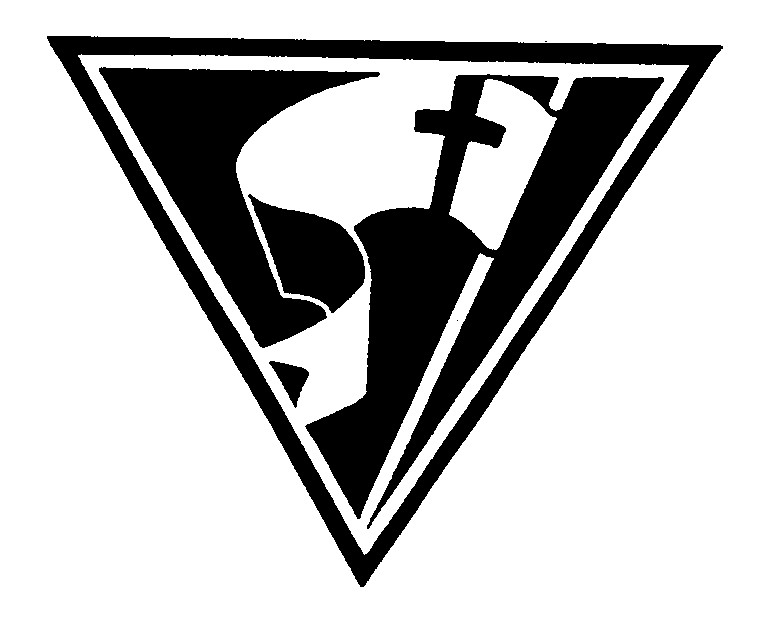
BANNER
Symbols like the banner symbolises the victory of Christ’s resurrection. The banner or flay-usually white
with a red cross-is the symbol of victory over death carried by the resurrected Christ. This symbol is derived
from the vision of Constantine the Great and his adoption of a cruciform on the Roman standard.
In Christian art, this banner is carried by military saints and depicts Christ the Sacrificial Lamb
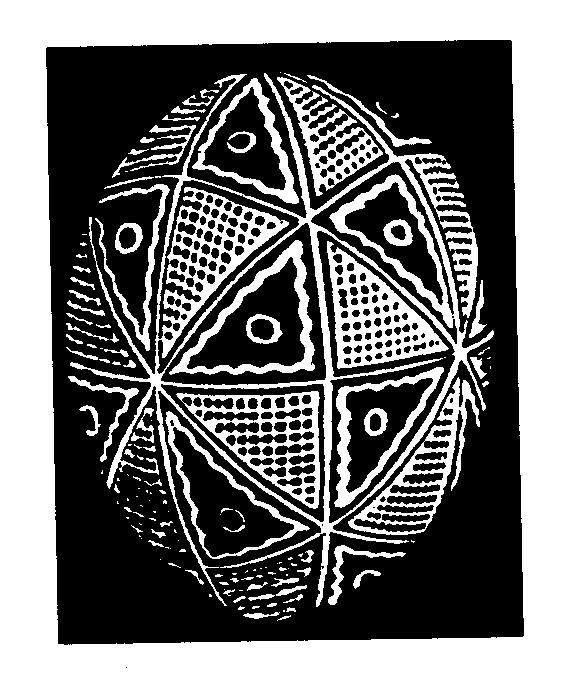
EGG
The egg is the Christian symbol of the Resurrection because the small chick breaks from the egg at its birth,
just as Christ broke forth from the tomb. The egg, like the seed, contains the promise of new life and hope.
The egg also represents chastity and purity, since the chick is protected in its shell. The egg has come to
symbolises Easter.

BUTTERFLY
In many Christian art, the butterfly represents resurrection. Its life cycle from caterpillar to crystalis to
butterfly symbolises the life, death and resurrection of Christ. The Greek uses the same word for soul
and butterfly: pysche. In western France the ‘Cleopatra’ butterfly is used as the symbol of the
resurrected Christ. This butterfly emerges from its cocoon only at Easter, as if from the tomb.
3. God the Son: His Present Activity and Future Role.
3.1 He ascended into heaven and sitteth at the right hand of God the Father Almighty.
3.1.1 Key Bible Passages
A. Acts 1:1-11: The ascension of Jesus.
B. Acts 2:32-36: What the ascension of Jesus says about Him.
C. Colossians 3:1-3: The way all Christians participate in the ascension of Jesus.
3.1.2 Jesus with the Father
A. Our Divine High Priest (Heb.4:15,16; 8:1;9:11,12)
B. Our Divine Intercessor (Heb.7:25; 1 John 2:1)
3.1.3 Coming of the Holy Spirit (John14:16)
3.2 From hence He shall come to judge the quick (living) and the dead.
3.2.1 Key Bible Passages
A. Matt. 25:31-46: Part of the teaching of Jesus about His coming again as judge.
B. Acts 10:42: Judgment as an integral part of the message of the gospel.
C. 1 Thessalonians 4:13-5:11: Paul’s teaching about the return of Christ and its implications
3.2.2 Symbols of Christ Triumphant
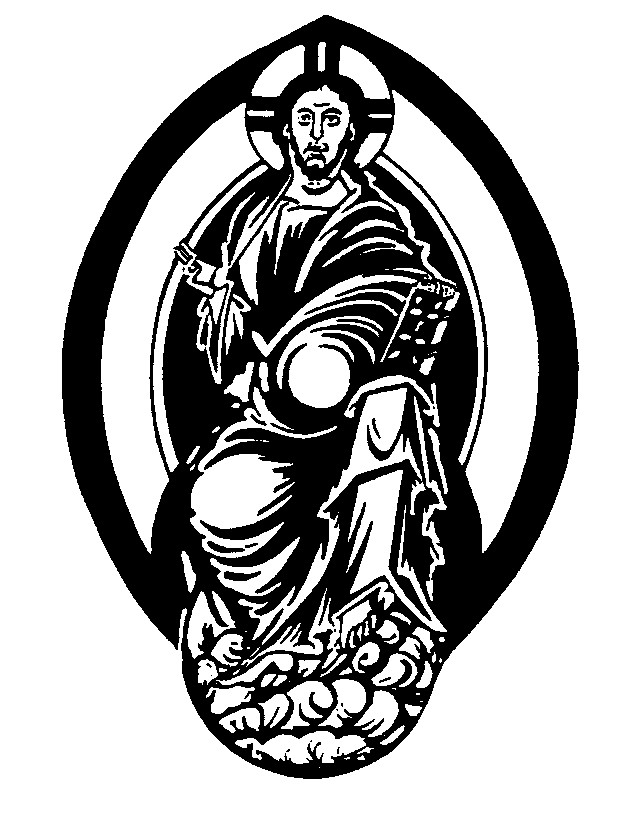
PANTOCRATER
Pantocrater is a Greek word meaning “all-sovereign, ruler of all’. As early as the sixth century, this word
has come to refer to Christ as Judge. In most depiction of the Sovereign Christ, he is heavily bearded
with long hair. His right hand is raised in blessing or points to the Gospel book in his left hand. Behind
his head is a cruciform halo.
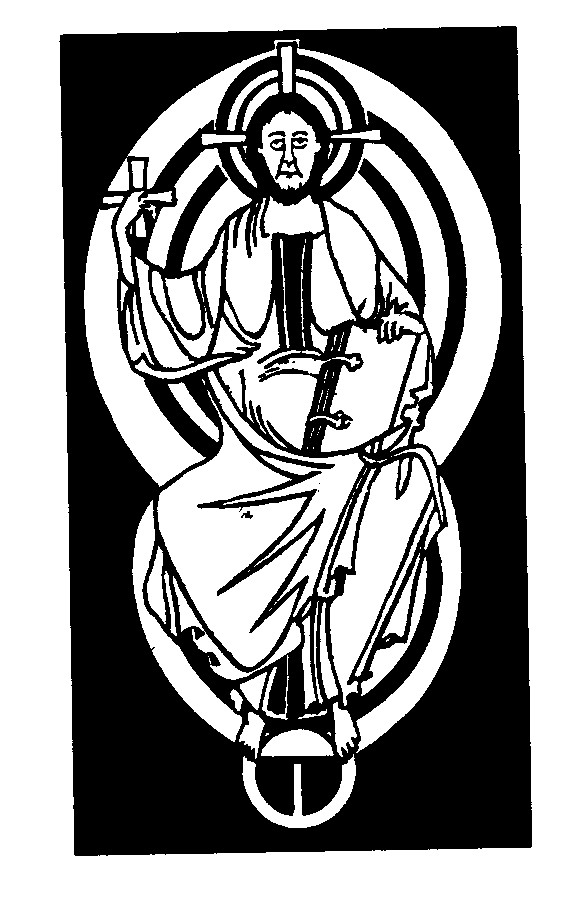
FOOTSTOOL
The footstool is a figurative place of submission where the conquered belong. This illustration shows
Christ sitting on a throne and placing his feet on the footstool of the earth, which is divided into three sections:
earth, sky and sea.
3.2.3 Second Coming of Jesus Christ
Views of the Last Days
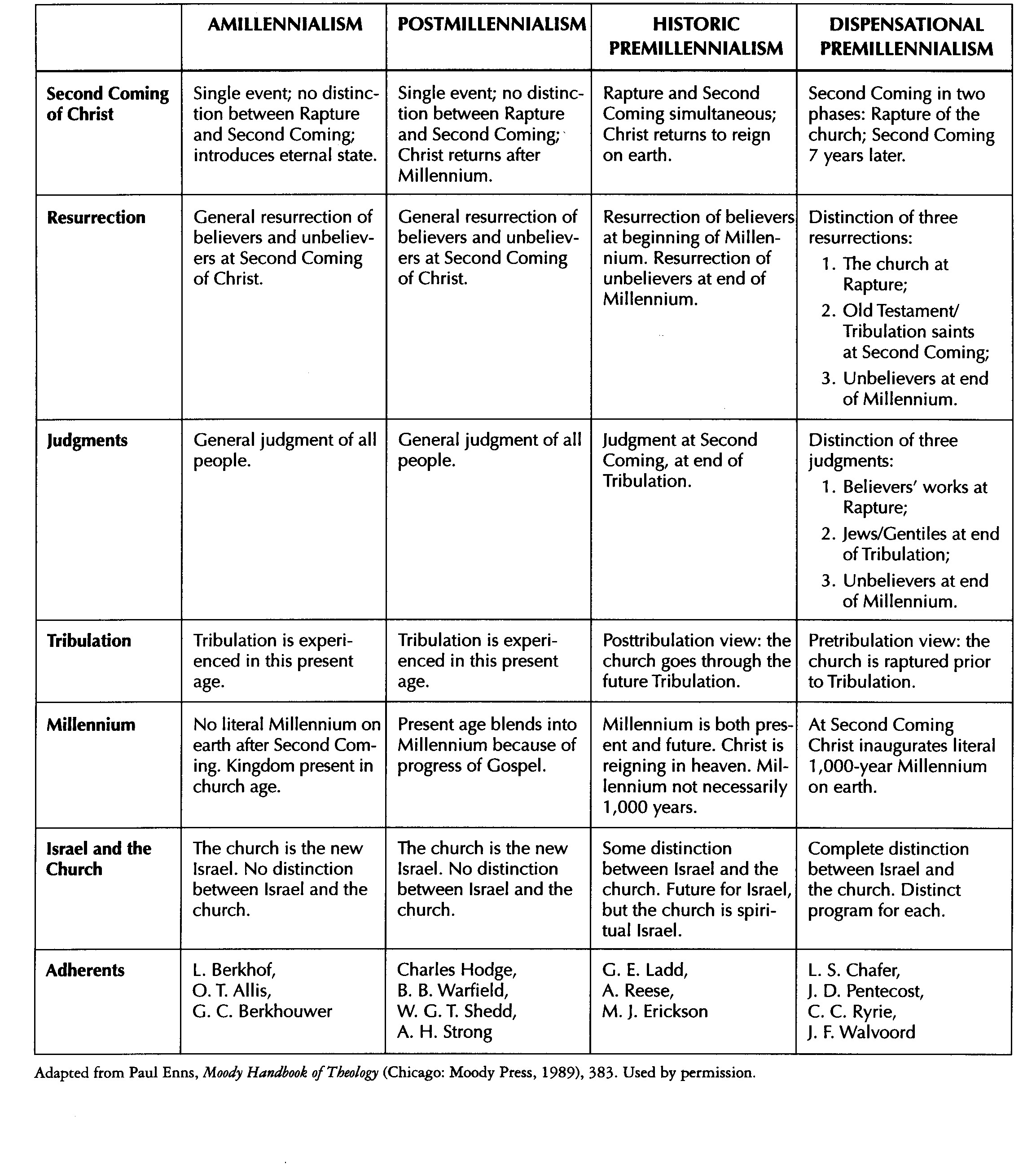
B. Different Views of the Rapture
Views of the Rapture
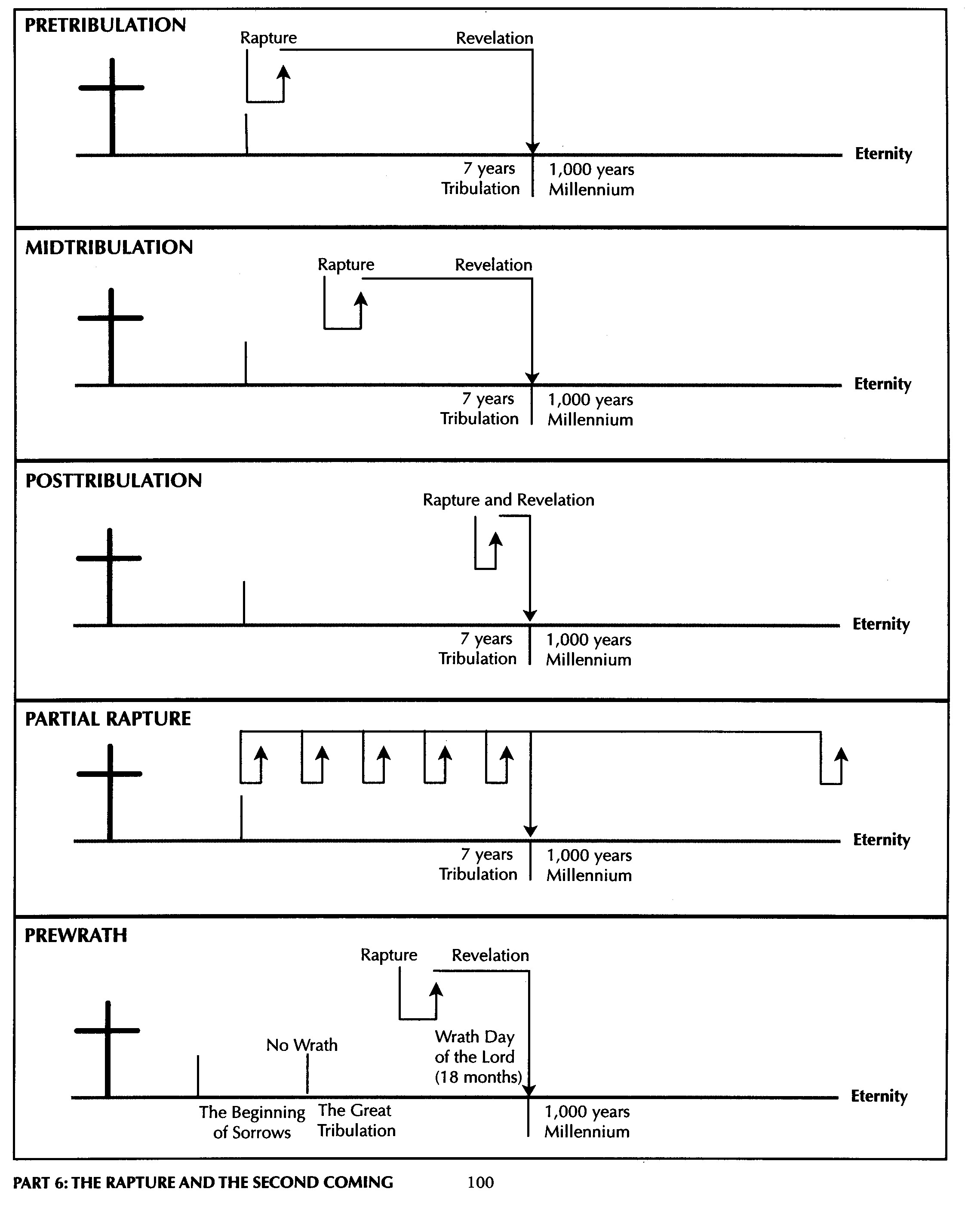
C. Daniel and the Last Days
Daniel and the Last Days
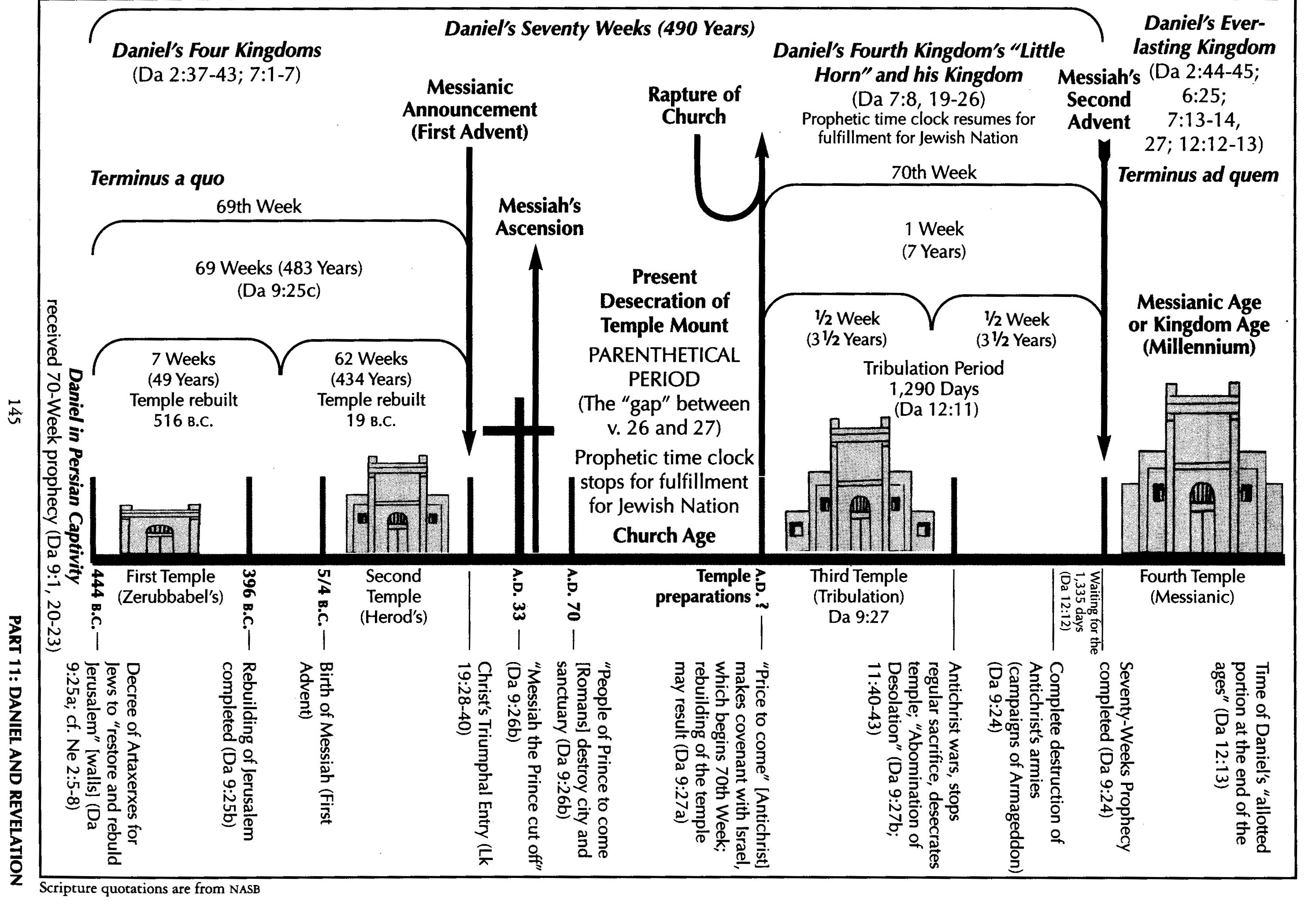
Reflection Questions
1. What does the resurrection of Jesus tells us about God and His Son? How does it help you to know that God understands exactly what it’s like to be human?
2. There are many theories about the events of the last days. Which do you believe? Why?
3. How does the Second Coming of Jesus Christ affect us? How do we prepare for Jesus’ coming? Will it make a difference to you if Jesus is to come tomorrow?
- The Apostles' Creed
- The Apostles' Creed: Chapter One
- The Apostles' Creed: Chapter Two
- The Apostles' Creed: Chapter Three
- The Apostles' Creed: Chapter Four
- The Apostles' Creed: Study Notes